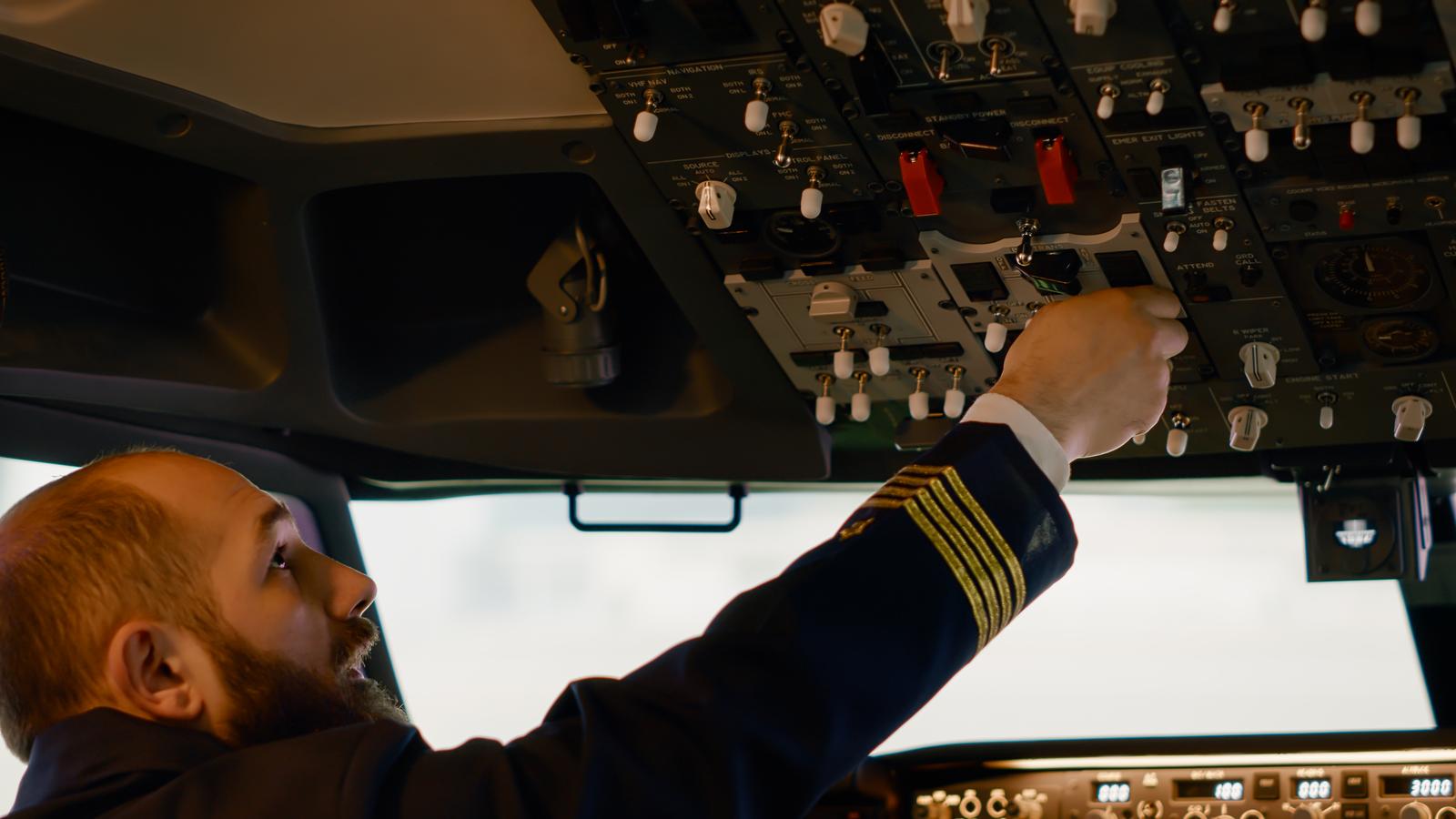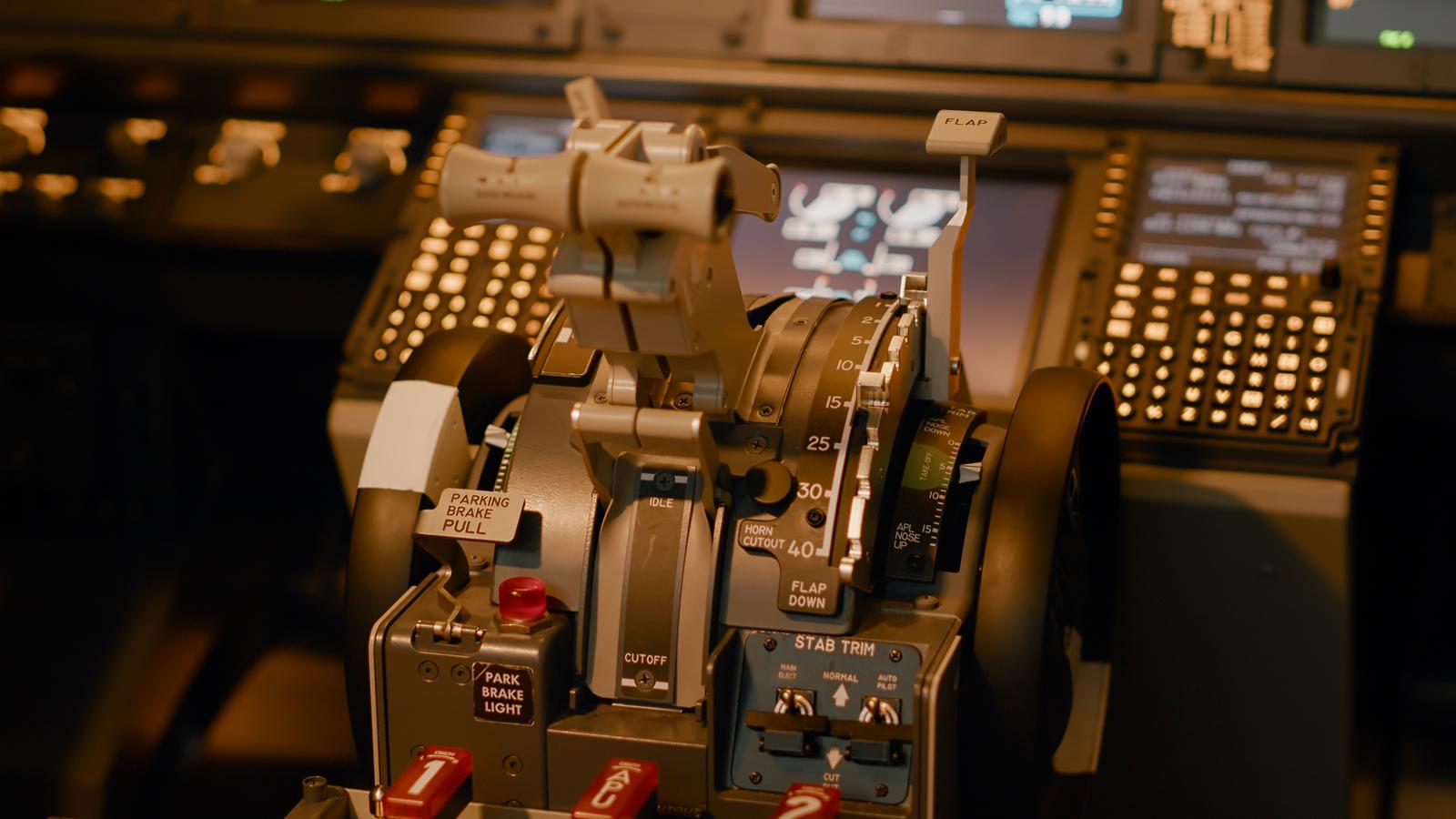Imagine you’re a pilot. You’re in the cockpit, running through your pre-flight checklist. As you move through the various items, you come to the engine gauges. You give the manifold pressure gauge a quick check. Everything looks good—but what is manifold pressure, and what factors can affect it?
Also Read: How Many Passengers Can a Private Pilot Carry?
The measure of Manifold Pressure is important as it can help determine power output, fuel consumption, and engine efficiency. Manifold pressure is measured in Inches of Mercury (inHg) and reflects intake air temperature, altitude, and engine speed. Understanding the relationship between these factors will help pilots better understand their aircraft’s performance capabilities at various altitudes and temperatures.
Additionally, this knowledge can be used to set the correct power settings for varying conditions, improving engine performance and efficiency. Read further to understand the importance of Manifold Pressure.
Contents

What is Manifold Pressure?
Manifold pressure is a measure of the aircraft engine’s power output. It is the difference between the atmospheric pressure and the pressure in the intake manifold of the engine. The higher the manifold pressure, the more power the engine is producing.
Manifold pressure is an important gauge for pilots to monitor during flight because it can give them insight into how well the engine is performing. If manifold pressure starts to drop, it could be an indication that the engine is losing power and the pilot will need to take action to correct the problem.
There are two types of gauges that can be used to measure manifold pressure: analog gauges and digital readouts. Analog gauges are typically used in older aircraft, while digital readouts are becoming more common in newer planes.
Either way, both types of gauges use a sensor that’s connected to the intake manifold via a tube. This sensor measures the amount of pressure in the manifold and sends this information to either an analog gauge or a digital readout.
Also Read: Most Popular Pilot Acronyms in Aviation
How is Manifold Pressure Measured?
All aircraft have an engine, or engines, that produce thrust. The manifold pressure sensor measures the pressure inside the intake manifold of the engine. The manifold pressure sensor signal is one of the most important inputs to the engine control unit (ECU).
Manifold pressure is measured in inches of mercury (inHg). Most aircraft engines have a maximum manifold pressure of about 36 inHg.
The first thing a pilot needs to do to measure manifold pressure is to obtain a reading from a barometer. A barometer measures atmospheric pressure. This can be done by looking at the “altimeter setting” on the aircraft’s control panel.
The next thing a pilot needs to do is to determine the engine’s displacement. This can be done by looking at the “RPM” gauge on the aircraft’s control panel. The RPM gauge tells the pilot how many revolutions per minute (RPM) the engine is making.
The final thing a pilot needs to do to measure manifold pressure is to use a manometer. A manometer measures differential pressures. To use a manometer, the pilot hooks one end of the manometer to the exhaust pipe of the engine and hooks the other end of the manometer to the atmosphere.” By doing this, they can get a reading of how much pressure is in the exhaust pipe relative to atmospheric pressure.
Assuming that these readings are taken at altitude, we can now calculate manifold pressure using this formula: Manifold Pressure = Barometric Pressure + (Exhaust Pressure – Atmospheric Pressure)
As you can see, manifold pressure is simply the sum of barometric pressure and exhaust pressure minus atmospheric pressure.”
Learn More: A Seychelles Wedding for Flight Attendants, Pilots, and Expats

Why is Manifold Pressure Important?
Manifold pressure is important because it gives pilots insight into how well their engines is performing. If something goes wrong and manifold pressure drops, it could be an indication that there is a problem with the engine and corrective action will need to be taken.
For example, if an aircraft engine loses power, one of the first things a pilot will do is check their instruments to see if there has been a drop in manifold pressure. If there has been a drop, it could be because of a number of different factors, such as carburetor icing, fuel starvation, or simply because too much throttle has been applied and the engine is beginning to “redline.” By monitoring manifold pressure, pilots can get an early sign of potential problems so that they can take corrective action before it’s too late.
Learn More: How to Become a Recreational Pilot? Complete Guide Cost Requirements
What Factors can Affect Manifold Pressure?
Manifold pressure is a measure of an engine’s ability to draw in air. It’s affected by a few different factors, including altitude, temperature, and humidity. Let’s take a closer look at each of these factors and how they can impact manifold pressure.
Altitude
As altitude increases, air density decreases. This means that there are fewer molecules of oxygen per unit volume of air. This can lead to a decrease in power output from the engine, as there’s less oxygen available for combustion. In turn, this can cause a drop in manifold pressure.
Temperature
Temperature also has an impact on air density. Colder temperatures lead to denser air, while warmer temperatures result in less dense air. So, if the temperature outside the aircraft decreases, that can cause a drop in manifold pressure.
Humidity
Finally, humidity can also play a role in air density and, therefore, manifold pressure. Humid air is less dense than dry air because water vapor takes up space within the air molecules. So, if the humidity increases while you’re flying, that could cause a decrease in manifold pressure.
Also Read: ATOMATOFLAMES and FLAPS Acronyms in Aviation
Manifold Pressure During an Emergency Descent
In the event of an emergency descent, you’ll need to lose altitude quickly. The steeper your descent, the faster you’ll lose altitude. That’s where manifold pressure comes in. By reducing manifold pressure, you can increase your rate of descent without over speeding the engine.
How do you do that? By retarded flight, the idle cut-off switch lanyard arm (push-pull), will lower the RPM and manifold pressure simultaneously while maintaining fuel flow to the engine. This will give you increased control during your descent and help prevent engine damage.
How MAP Increases with Power
The vast majority of general aviation aircraft are air-cooled, meaning they have radiators as a car does. Just like a car, when an aircraft’s engine is running at a higher power setting, more heat is generated. In order to dissipate this heat, more air needs to flow through the engine. The increased airflow cools the engine and prevents it from overheating. This increase in airflow also increases manifold pressure.
So, how does this increased airflow happen? When an engine is producing more power, the pistons are firing more frequently and pushing more air into the cylinders. Since the cylinders are connected to the manifold via intake valves, this increased air pressure pushes against the intake valve and creates a vacuum.
This vacuum pulls more air into the cylinder and causes the manifold pressure to increase. The higher the power setting, the greater the intake valve vacuum will be, and the higher the manifold pressure will be.
Learn More: How Many Hours Does it Take to Become a Pilot?

What this means for Pilots
As we’ve seen, when an aircraft’s engine is producing more power, the manifold pressure will increase. This is why it’s important for pilots to understand how manifold pressure works. By understanding how MAP increases with power, pilots can make better decisions about when to apply power and how much power to apply.
For example, let’s say a pilot is taking off in a light single-engine airplane on a hot day. The airplane’s POH says that at sea level and standard conditions, they should use 2200 RPM and 27 inches of manifold pressure for takeoff.
However, since it’s hot out and they’re taking off at sea level, they decide to reduce their power setting to 2100 RPM and 25 inches of manifold pressure. This will help prevent their engine from overheating during the takeoff roll.
Also Read: AV1ATES Acronym: Required Inspections for Aircraft Airworthiness
Conclusion
Manifold pressure is the pressure difference between the ambient air pressure and the internal system pressure. This difference creates a force that moves air into or out of an engine. Understanding what manifold pressure is and how it works is essential for pilots, as it allows them to troubleshoot problems with engines and maintain control of their aircraft.
With Manifold Pressure, the pilot can understand the engine’s performance, fuel consumption and atmospheric pressure which can help ensure their aircraft is operating safely and efficiently. Manifold Pressure also plays a role in determining the aircraft’s maximum speed and rate of climb, making it an important factor for all forms of aviation.